
Italy: Historic Sites of the Cities of the Island - Sicily!
Sicily is a very special Italian destination.
The island is
located just a few kilometers from the western coast of southern Italy
and is the largest in the Mediterranean, but it almost feels like a
separate state.
Influences from ancient Greeks, Romans, and Arab traders have shaped an endlessly fascinating culture and environment.
Sicily is a region of Italy that includes the island of the same name, as well as several nearby archipelagos.
The island of Sicily
is so large (the largest in the Mediterranean) that the rest of the
islands make up only 2 percent of the region's territory.
That is why, when speaking of Sicily, they mean both the island and the region of Italy.
The area of Sicily is more than 25 thousand km², and the population exceeds 5 million people.
The administrative center of the region is Palermo, a large city (almost 700 thousand inhabitants) with an ancient history.
Palermo is home to Falcone Borsellino International Airport.
And in Sicily there are air harbors in the cities: Catania, Trapani.
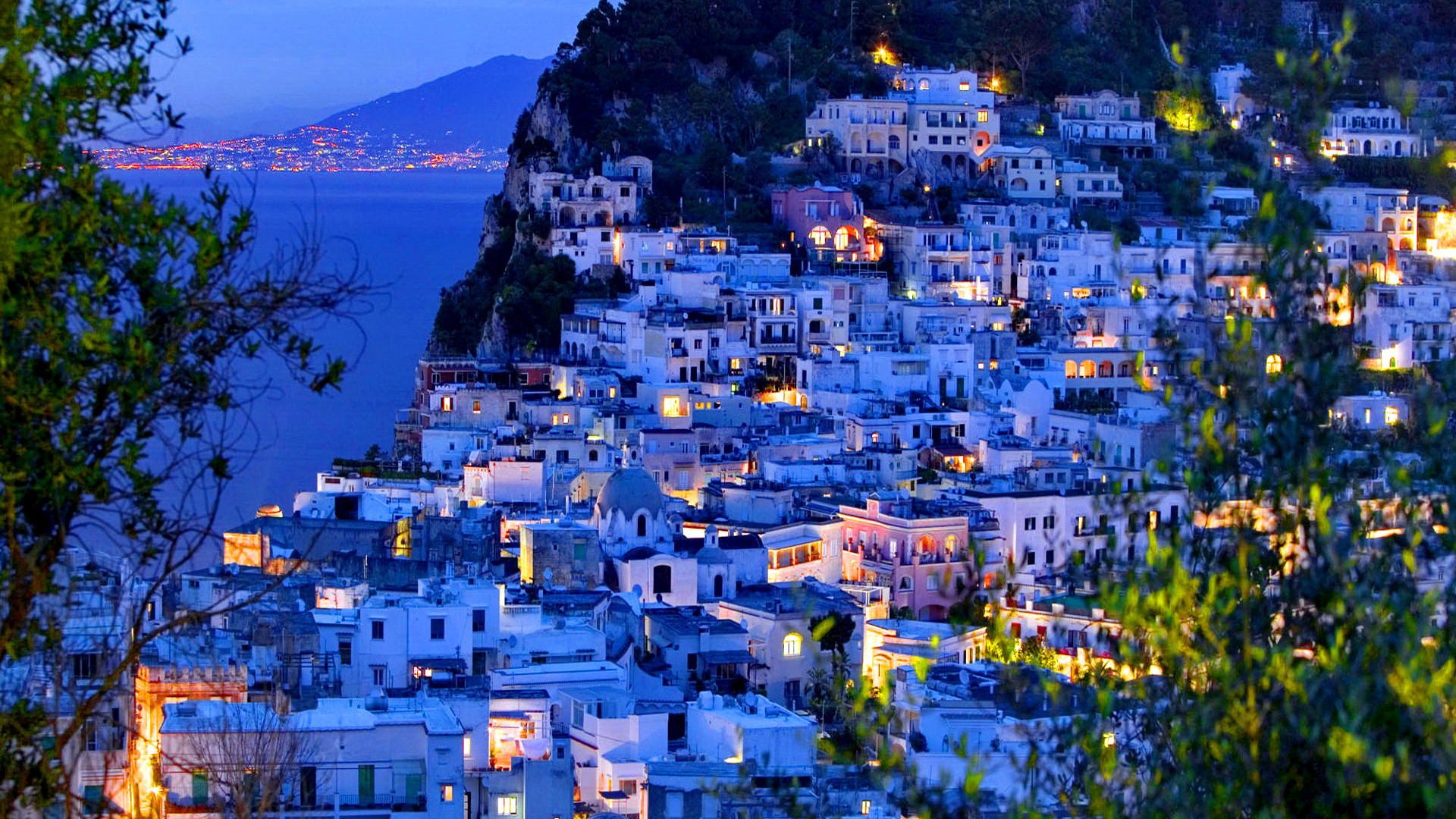

Valley of the Temples.
Sicily's most
fascinating archaeological site includes the ruined ancient city of
Akragas, with the excellently preserved Tempio della Concordia or Temple
of Concord, one of several ridge-top temples that in ancient times
served as a beacon for sailors on their way home.
Park with an area of 13 sq. km, located 3 km south of Agrigento, divided into eastern and western zones.
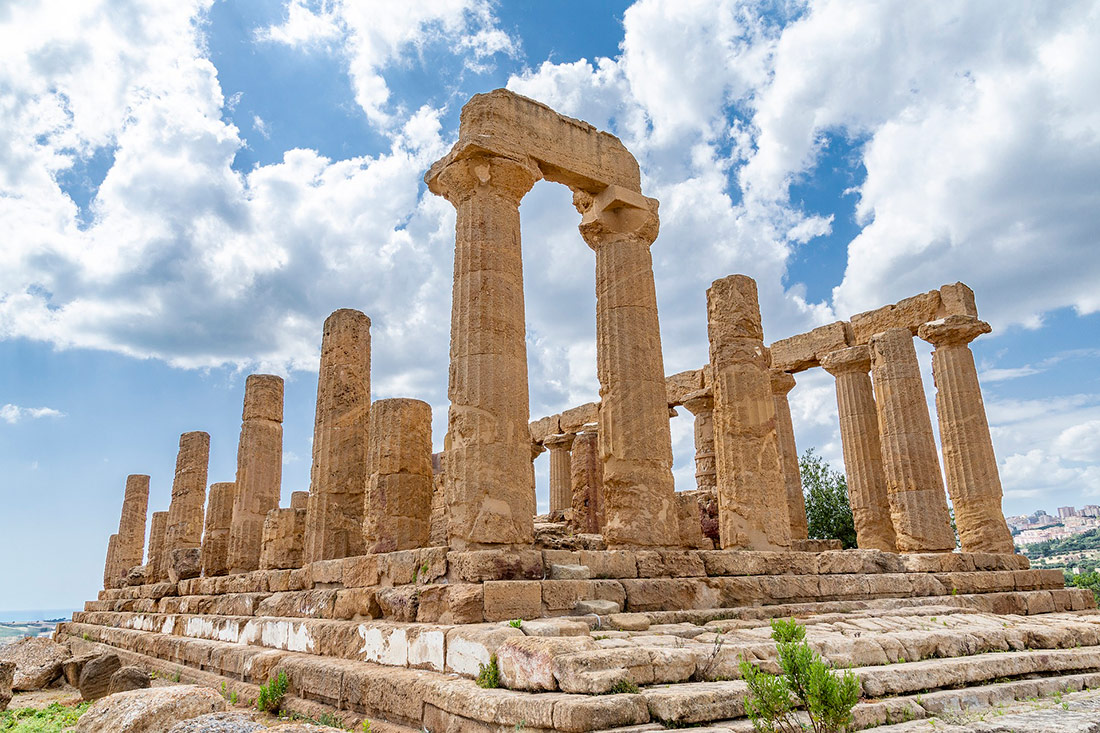
Cathedral of Monreale
Inspired by
a dream of the Virgin and determined to surpass his grandfather Roger
II, who oversaw the construction of the cathedral in Cefalu and the
Palatine Chapel in Palermo, William II set about building the Cathedral 8
km southwest of Palermo.
Featuring
Norman, Arabic, Byzantine and Classical elements, this cathedral is
considered the finest example of Norman architecture in Sicily.
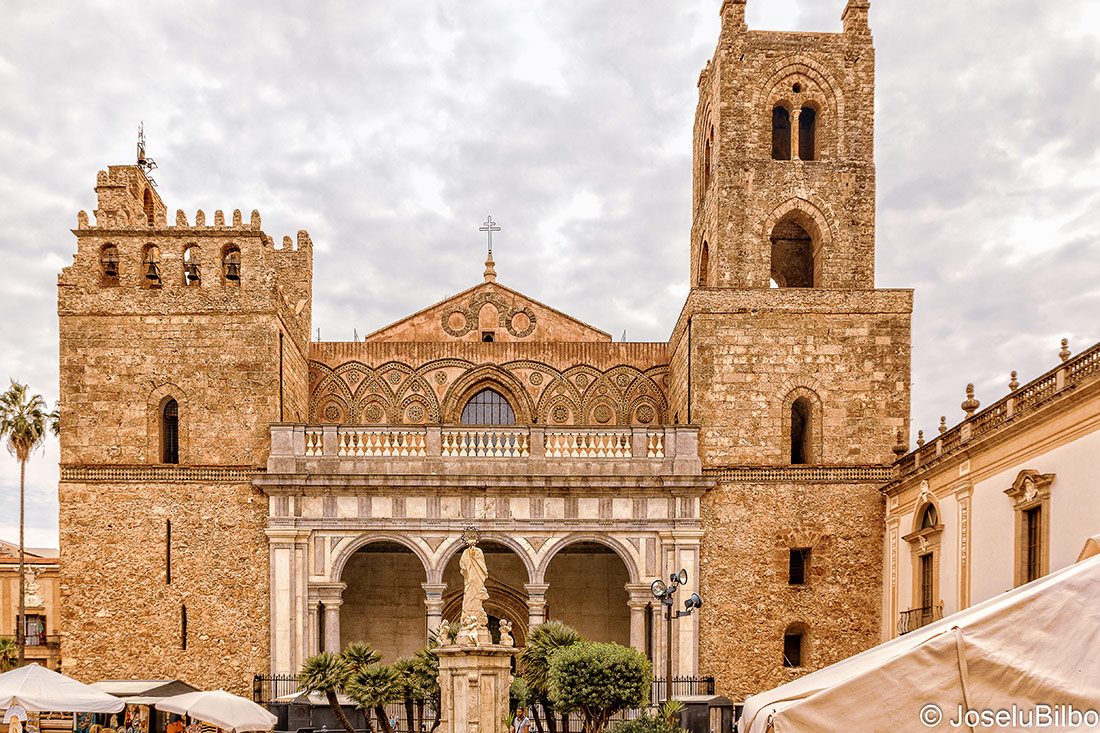
Archaeological Park of Neapolis
For connoisseurs of
the classics, the most important attraction of Syracuse is the
archaeological park, where there is a pearl-white Greek theater dating
back to the 5th century BC.
Carved out of a
rocky slope, this 16,000-seat amphitheater has staged Aeschylus's latest
tragedies, including The Persians, which were first performed here in
his presence.
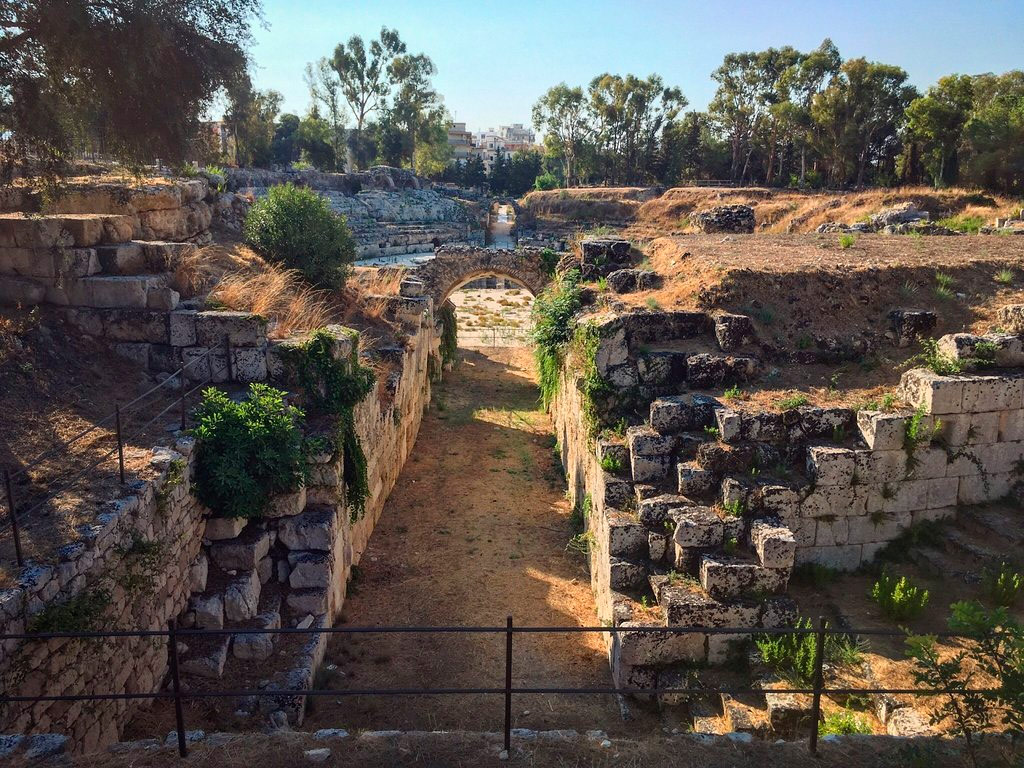
Stromboli crater
For nature lovers, climbing Stromboli will have one of the most unforgettable experiences Sicily has to offer.
Since 2005, access
to the volcano has been strictly regulated, and therefore, travelers can
freely ascend only to an altitude of 400 m, and in order to continue
moving higher, an experienced guide will be needed.
Climbing to an altitude of 942 m, you will see an active crater and can observe periodic eruptions.
The ascent itself
takes from 2.5 to 3 hours, and the descent back to Piazza San Vincenzo
is shorter and lasts from 1.5 to 2 hours.
Thus, it is a rather difficult five to six hour route up and back.
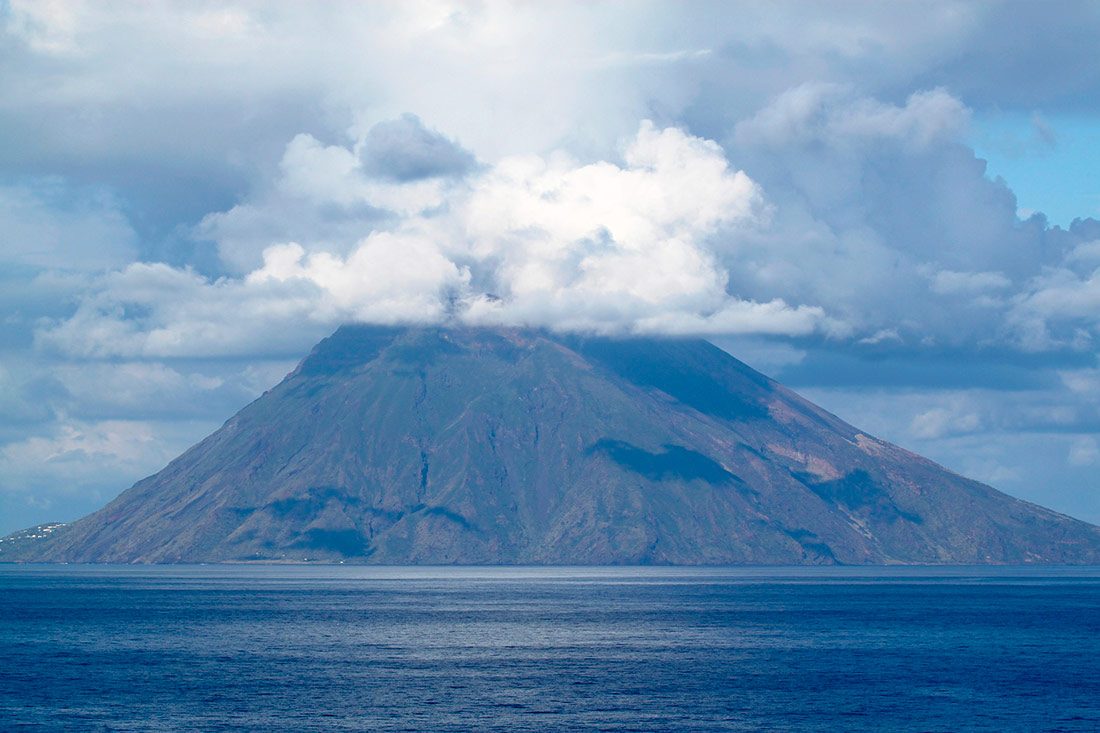
Ragusa Ibla Historic District
A stroll through
Ragusa Ibla is a real pleasure, its winding paths, passing through gray
stone palaces, open up magnificent sun-drenched squares.
If you go down to
the east of the square, Corso XXV Aprile will lead you to the
magnificent creation of the architect Rosario Gagliardi - the Church of
San Giuseppe, which has an elliptical shape and a dome, decorated with
the 1793 Glory of St Benedict fresco by Sebastian Lo Monaco.
Down the slope, to
the right of the entrance to the Iblee Gardens, you will see the Catalan
Gothic portal of what was once the great church of San Giorgio Vecchio,
now largely in ruins.
The church lunette has an interesting bas-relief depicting St. George slaying a dragon.
At the other end of
Ragusa Ibla is Chiesa del Purgatorio, one of the few churches in the
city that survived the great earthquake of 1693.
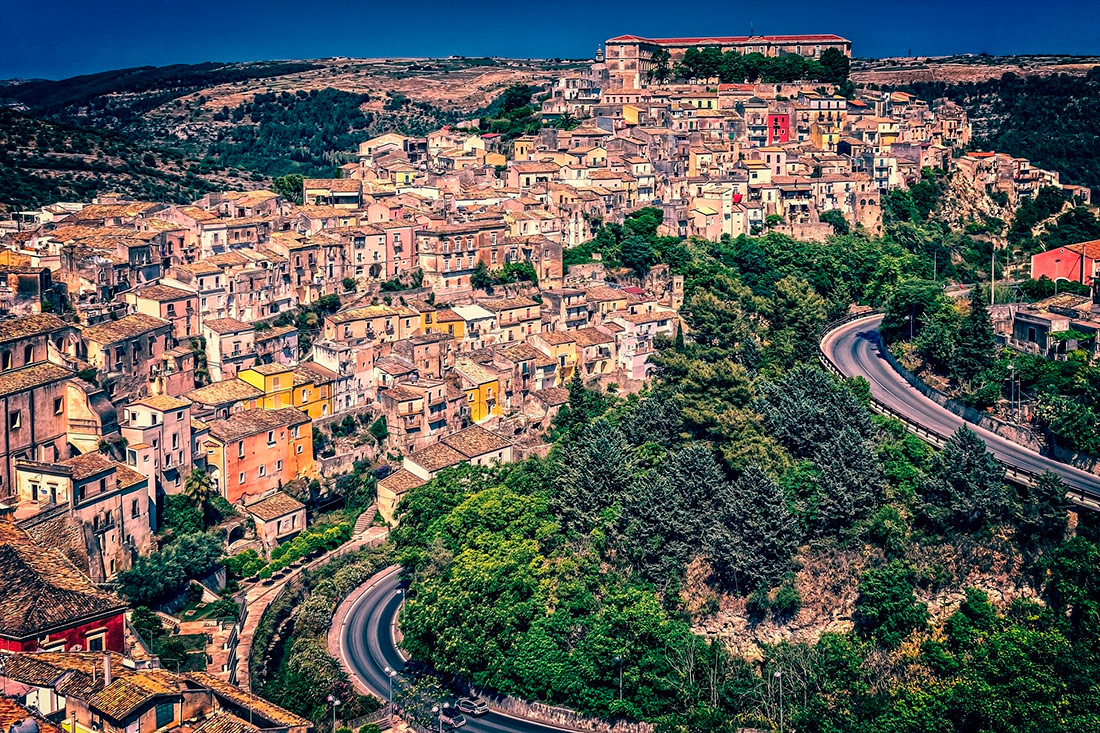
Temple of Concordia
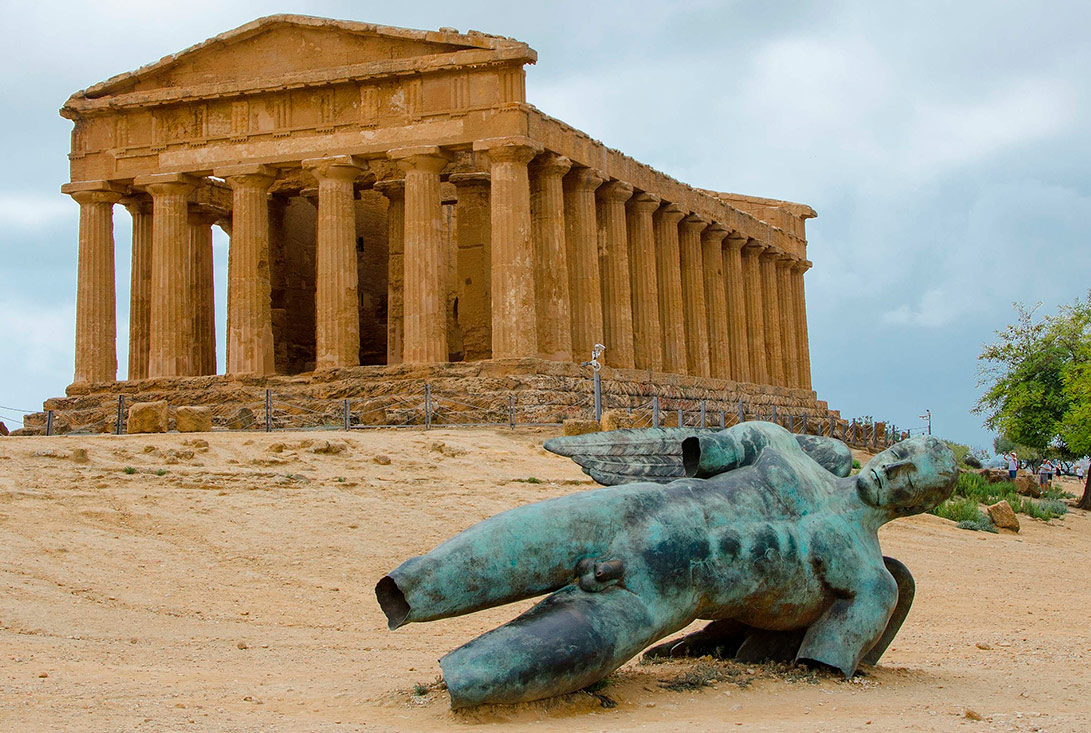
Greek theater
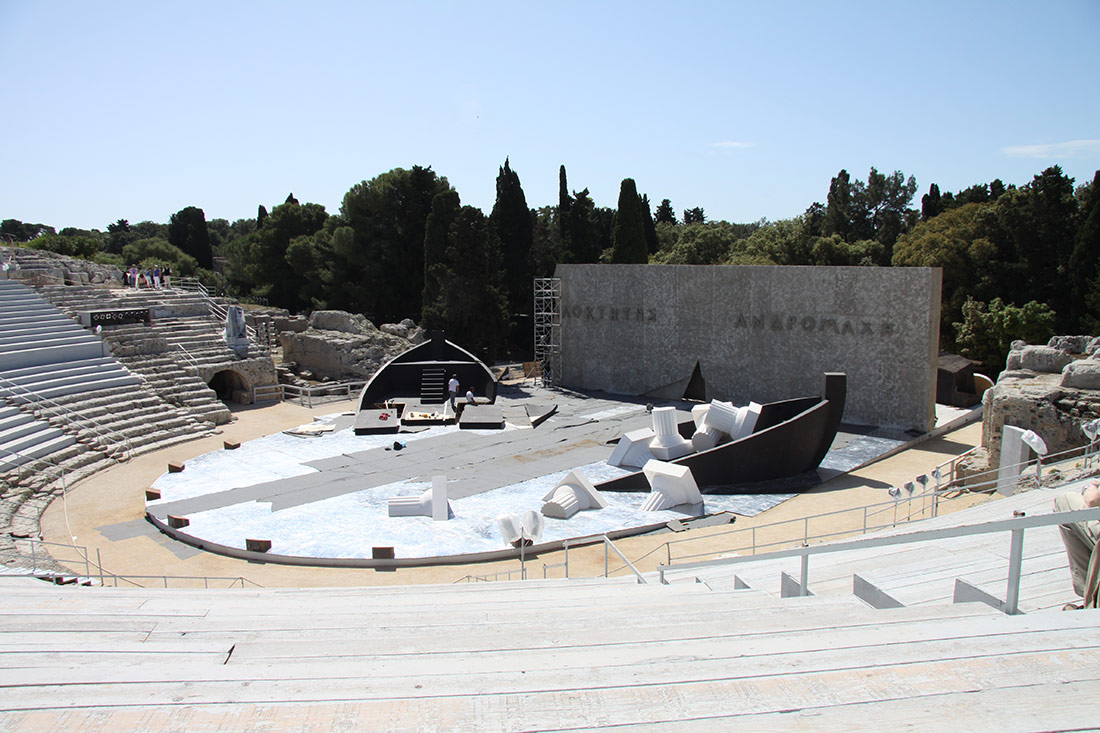
Greek theater in Taormina
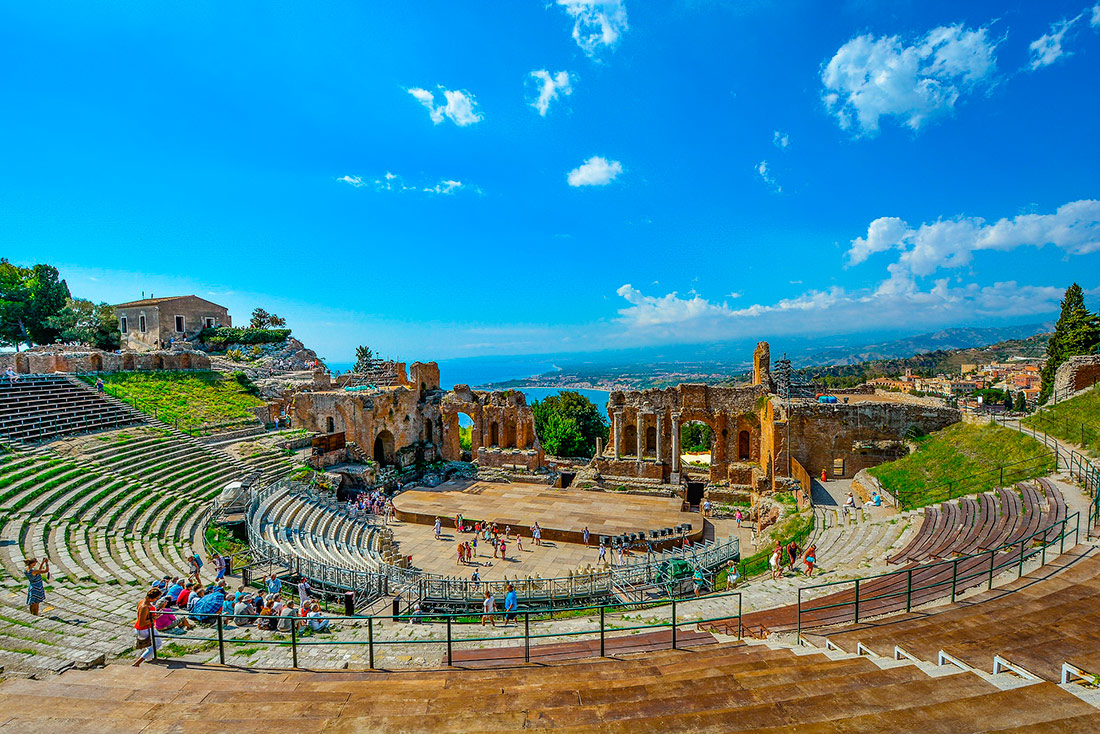
Archeology Museum in Agrigento
Located just north
of the temples, this wheelchair accessible museum is the finest in
Sicily, with an impressive collection of artifacts unearthed during
excavations.
Special attention
should be paid to the magnificent exhibits of Greek painted ceramics and
the superbly reconstructed Telamon, a colossal statue found in nearby
Tempio di Giove.
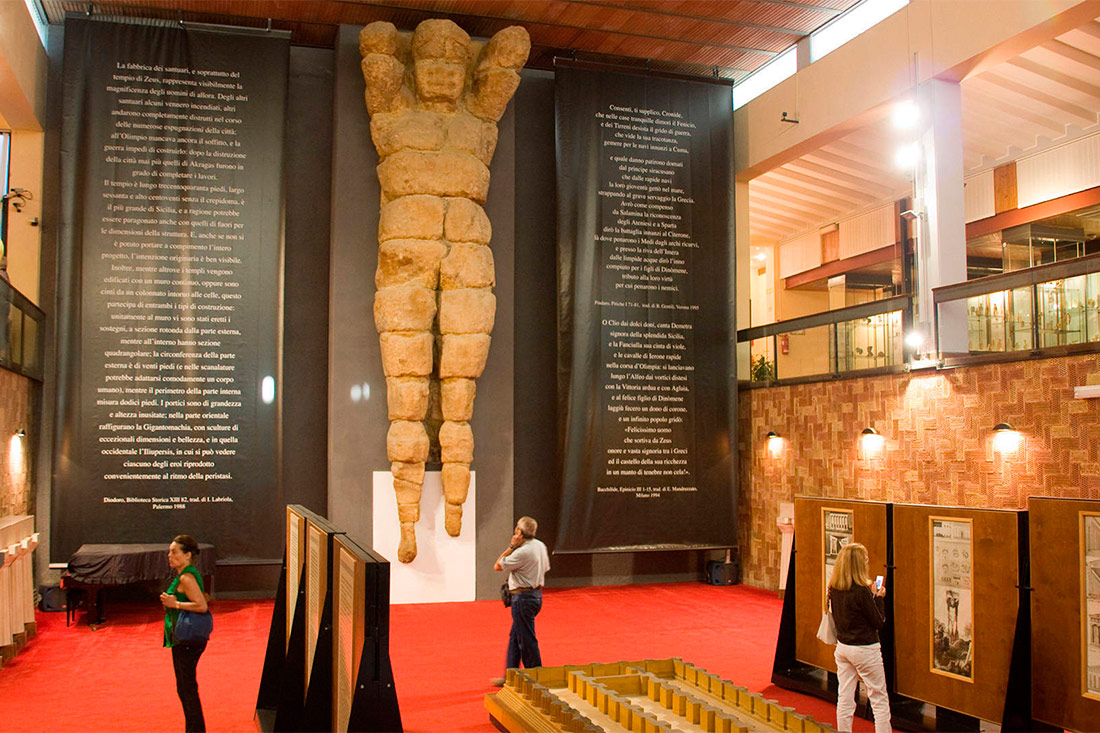
Cathedral of Palermo
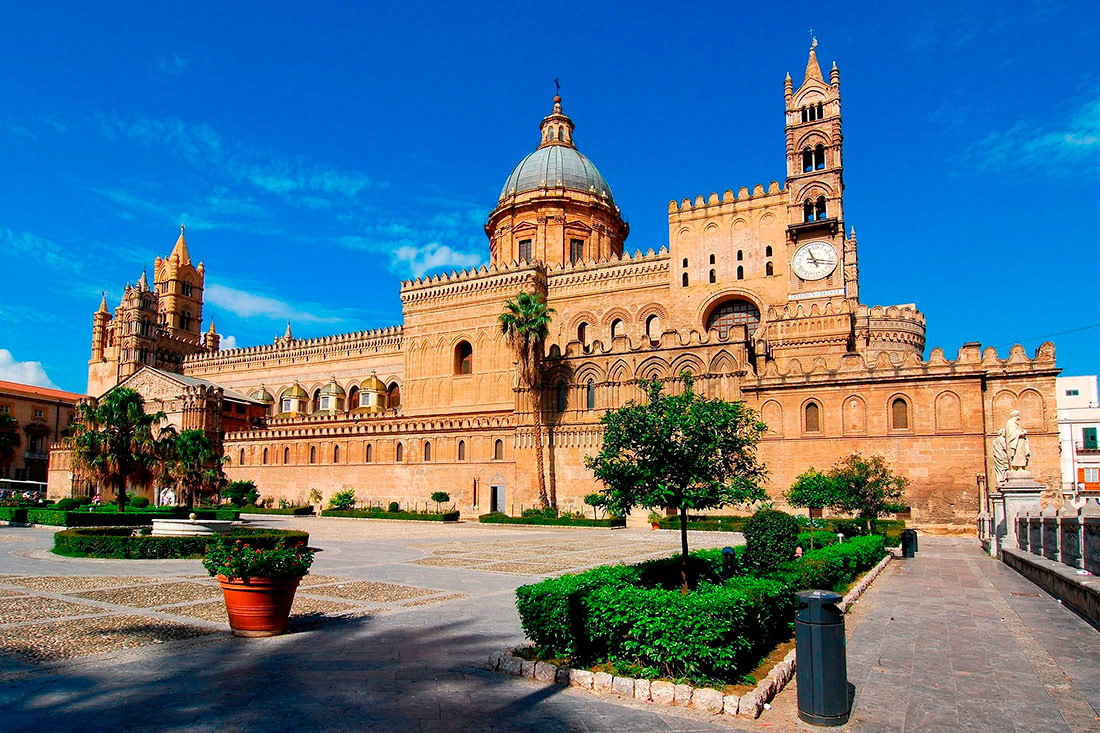
Sciara del Fuoco lookout point
Ascent to the Sciara del Fuoco observation deck.
An alternative to
the summit of Stromboli Volcano is a 400 meter hike for an hour, this
vantage point directly overlooks the Sciara del Fuoco, a blackened
avalanche scar running along the northern flank of Stromboli, and offers
incredible yet slightly distant views of the erupting crater. The route
starts at Piscita, 2 km west of the port of Stromboli.
During active
periods, explosions occur approximately every 20 minutes and are
accompanied by a loud rumble from the vent when hot magma is released
under the pressure of gases.
After particularly
violent eruptions, you can watch the red-hot rocks roll down the endless
slope, creating splashes as they fall into the sea.
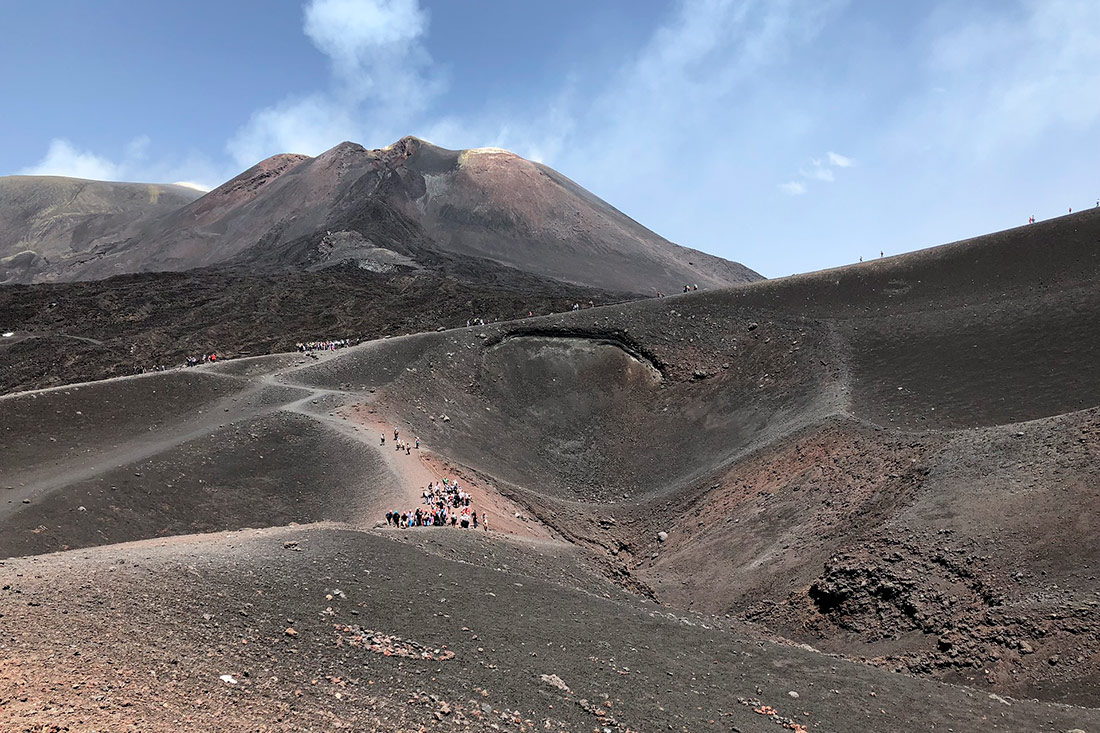
La Rocca to Cefalu
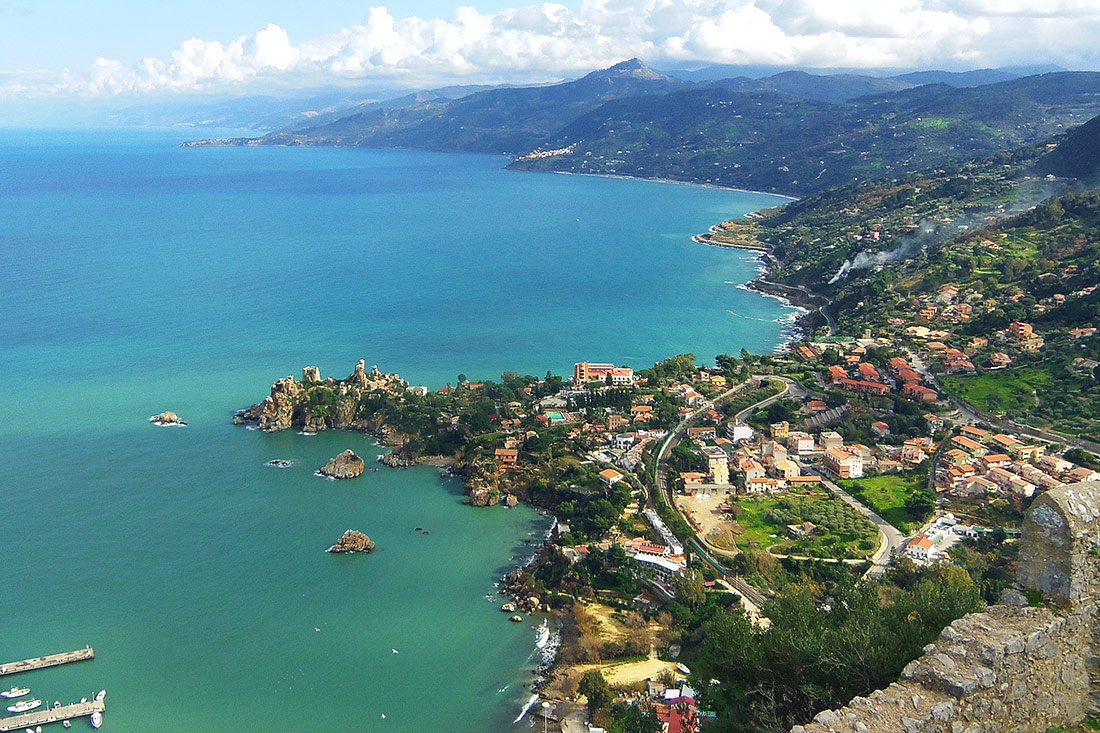
Rock dei Turki
One of the most
beautiful sights in the Agrigento area, this dazzling white rock ledge
in the form of a giant staircase juts out into the sea near Realmonta,
15 km west of Agrigento.
You can avoid the
crowds by walking a few hundred meters north along the white rocky shelf
and down to the long sandy beach below.
The beach was named after the Arab pirates, popularly called "Turks" or "Turks", who usually hid here from the weather.
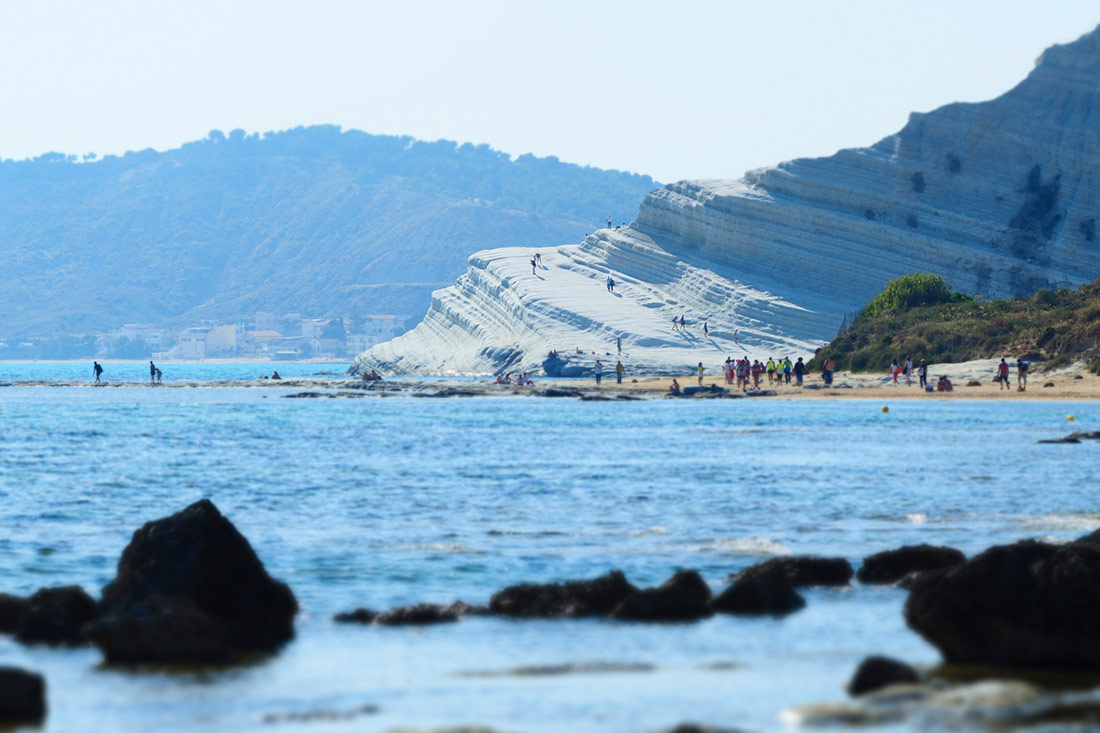
Teatro Massimo
Built over 20 years ago, Palermo's neoclassical opera house is the largest in Italy and the second largest in Europe.
The final scene of
The Godfather: Part III, with its visually captivating mix of high
culture, crime, drama and death, was filmed here, and the building's
ornate interiors are simply gorgeous.
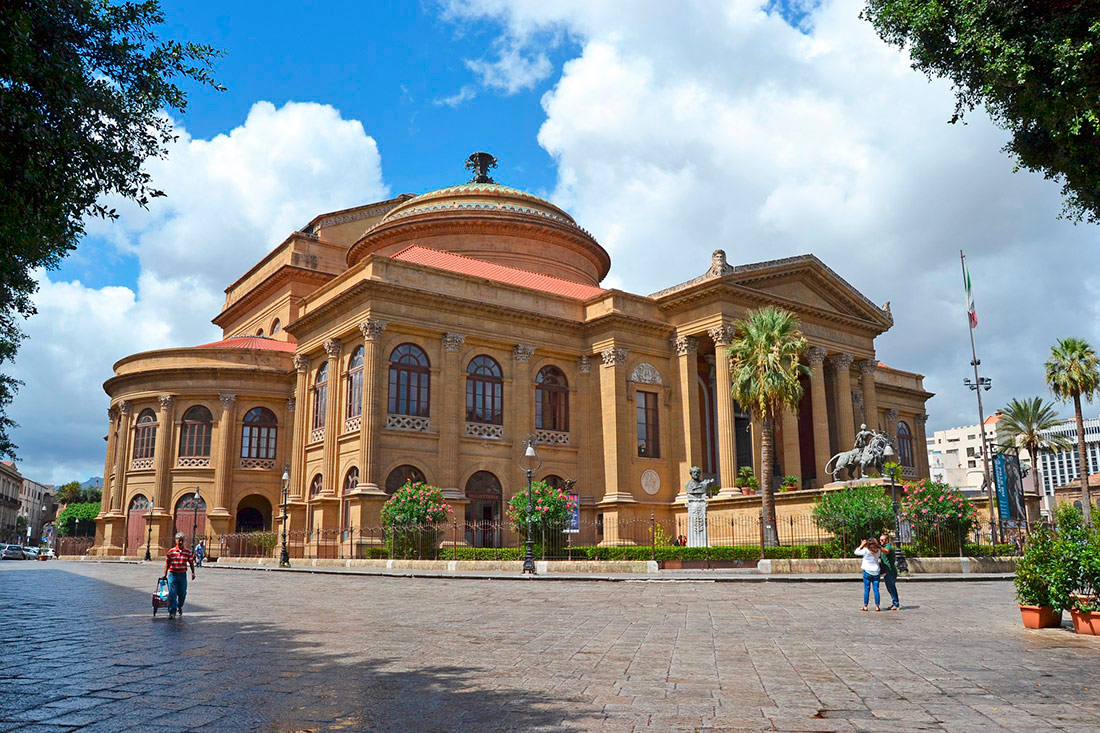

No comments:
Post a Comment